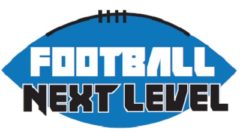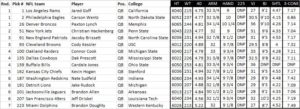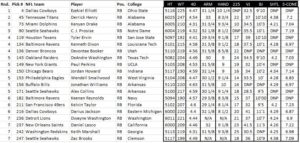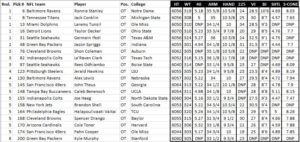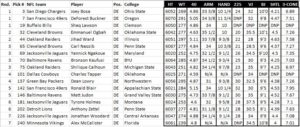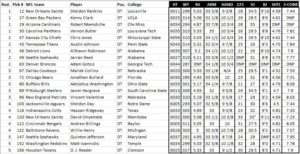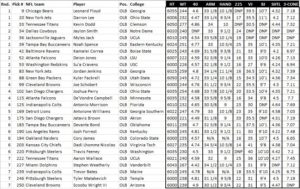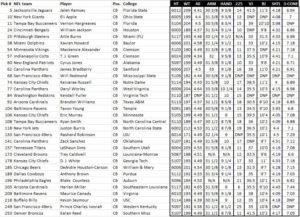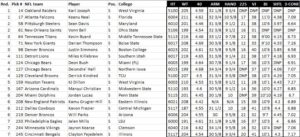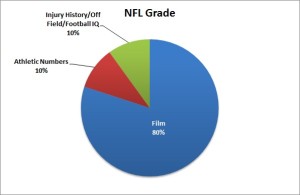
By Justin VanFulpen
One of the biggest things in the pre-draft process is the different all-star games. I have had the opportunity to be involved with 6 College Football all-star games. Five Texas vs. the Nation games and as well as the Player All-Star Classic in 2012, mainly working with the player personnel but also having other duties.
This past February at the NFL Combine, former NFL GM Ray Farmer said about All-Star Games.
“I put more stock in that then combine stuff, the reason I do that, it’s ball… All-Star Games matter because it is good on good.”
College football all-star games are about giving players an opportunity to show their skills in front of NFL scouts. In this environment where player come from all levels of competition the NFL scouts are evaluating not only the one-on-one and team practices but how fast can a player pick the offense or defense that is being installed since everything is done within that game week.
Small school prospects that get into one of the major all-star games have a great ability to help themselves in the draft process because it shows scouts that the level of competition is not too high for them since that will be one of the biggest questions mark for that prospect to answer.
We saw this past year at the Senior Bowl QB Carson Wentz from North Dakota State who end up as the number two pick overall by the Philadelphia Eagles raise his draft stock from his week of practice at the Senior Bowl.
The question always comes up from coaches, players, parents, agents, etc. – How does a player get invited to play in a game? I had an opportunity to be in charge of the personnel and like all the other people in the all-star game business we are looking for the best player that will have an opportunity to get drafted. Since the life blood of an all-star game is sponsorship and most sponsors are looking to get close to NFL players or be able to say that they are involved with NFL prospects without having to spend the top dollars to be an official NFL sponsor.
But what I always tell people asking that question that communication is key with the personnel directors of the game or their staff. Sometimes players will miss out on an opportunity to play in an all-star game because they don’t get back with an all-star game to let them know they are interested in playing in the game because they are waiting to get an invite to a “bigger” game.
Since the Senior Bowl is by the far the number one all-star game they have the lead when it comes to what prospects go where. If a player gets invited to the Senior Bowl most of the time they are pulling out of whatever all-star game they are in and going to that game. Since that is the case and invites are kept close to the vest it causes all the other all-star games to continuously change their roster.
All-Star games start sending out invites in mid to late October and each game does it different as far as inviting players. Some email the player directly other will send the invite to the school and have the coaches give it to the players.
My advice to players is accept the invite when you get it and get it back to the game if then you get invited to a “bigger” game, just communicate with the game you had already accepted and just let them know in a timely manner so they can invite someone else.
